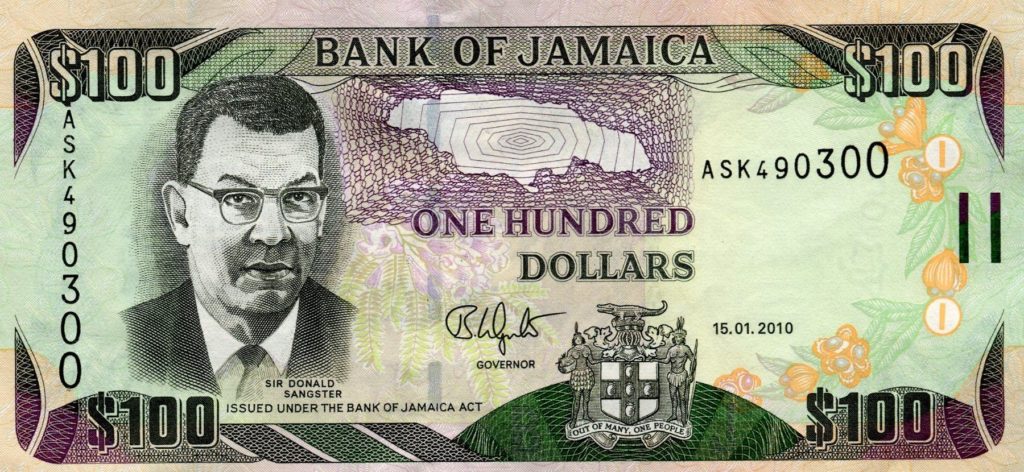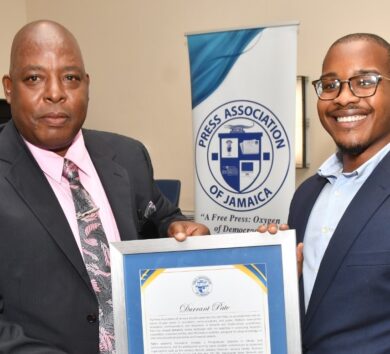

On Monday, December 1, 1986, Prime Minister and Minister of Finance Edward Seaga introduced the J$100 note—at the time, the most powerful banknote in circulation in Jamaica.
The $100 bill, bearing the likeness of former prime minister Donald Sangster on its face, replaced the $20 banknote as the largest denomination of Jamaican currency.
The iconic Dunn’s River Falls was depicted on the reverse of the ‘Concorde’, as it was also popularly called.
Records obtained by Our Today of the US-Jamaican exchange rate show that the buying rate of the greenback American dollar in December 1986 was $5.46.
Comparatively, selling an American dollar around that time yielded $5.50.
Exactly 35 years later, however, after being devastated by Hurricane Gilbert, years of inflation and chronic mismanagement of the Jamaican economy, the $100 bill has shed much of its value and is now worth a paltry 65 US cents.
The ‘Concorde’ also lost its place as the most powerful Jamaican banknote, later replaced by the $500 bill in June 1994, the $1000 note in March 2000, and the rarely used $5000 banknote in 2009.







Comments